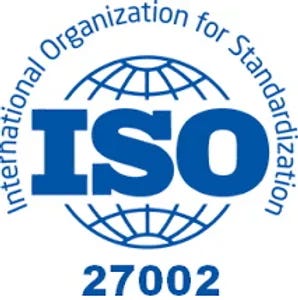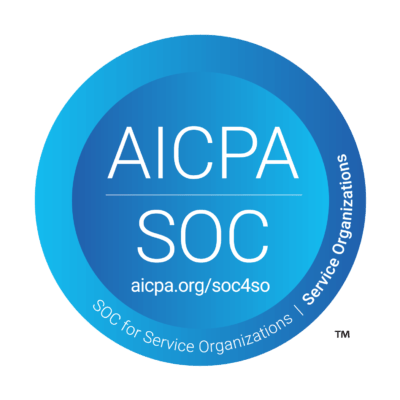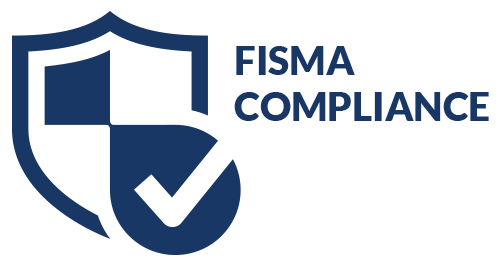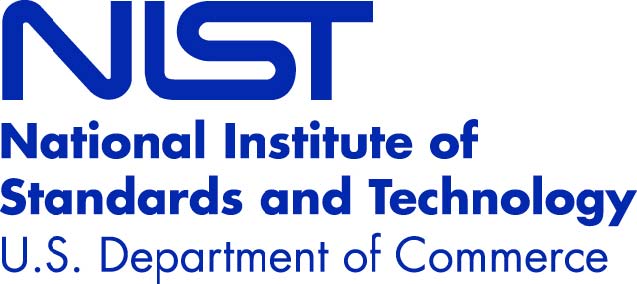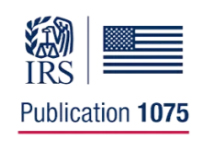The healthcare industry is grappling with a significant challenge: shrinking reimbursement rates. As costs rise and policies evolve, healthcare providers are under immense pressure to maintain financial stability while continuing to deliver high-quality care. However, where challenges arise, so do opportunities—especially for those willing to embrace innovative strategies.
Understanding the Reimbursement Squeeze
Healthcare providers have witnessed a steady decline in reimbursement rates from Medicare, Medicaid, and even private insurers, who are increasingly adopting value-based care models that prioritize outcomes over the volume of services provided. While these models aim to enhance patient care, they also create financial strains for providers who must adapt to new payment structures while managing escalating operational costs.
A 2023 report from the American Hospital Association highlighted this growing disparity, revealing that Medicare reimbursements have declined by nearly 5% over the past five years, while the cost of delivering care has risen by over 15%. This financial squeeze is pushing many providers to reevaluate their operational strategies.
Strategic Partnerships: A Path to Operational Excellence
One of the most effective ways for providers to mitigate the impact of shrinking reimbursements is by forming strategic partnerships with organizations that specialize in optimizing healthcare operations. Rather than simply deploying new technologies, these partners offer comprehensive solutions that enhance existing workflows and drive measurable outcomes.
For example, partnering with a firm that offers Extended Business Office (EBO) services allows providers to outsource critical functions such as billing, accounts receivable management, patient access, and insurance receivables management. By leveraging these services, healthcare organizations can reduce overhead costs, streamline operations, and focus on their core mission of providing excellent patient care. This approach not only optimizes operational throughput but also improves financial health by accelerating cash flow and reducing the burden of unpaid claims.
Leveraging Advanced Technology for Back Office and Patient Access Efficiency
In today’s healthcare landscape, technology plays a pivotal role in enhancing back office functions and patient access. However, the key to success lies not just in adopting new tools, but in how these technologies are integrated into a provider’s overall operations to drive efficiency and improve financial outcomes.
At TSI, we’ve incorporated advanced technologies such as AI-powered analytics, Large Language Models (LLMs), Intelligent Document Processing (IDP), and Robotic Process Automation (RPA) into our service offerings. These technologies are not standalone tools for providers to manage; instead, they are embedded within our services to optimize every aspect of the revenue cycle, from patient access to back office operations.
For instance, our AI-powered denial management system, Pulse, uses predictive analytics to identify trends in claim denials before they become significant issues. By addressing these trends proactively, we help our clients reduce denial rates, improve reimbursement timelines, and ultimately boost their financial health.
In the realm of patient access, RPA and IDP technologies streamline the intake process, ensuring that patient data is captured accurately and efficiently. This reduces the risk of errors during insurance verification and billing, leading to fewer denied claims and faster payment cycles. By automating routine tasks, our solutions free up staff to focus on more complex, value-added activities, enhancing both operational throughput and patient satisfaction.
Enhancing Accounts Receivable Management
Effective accounts receivable (AR) management is crucial in an environment of shrinking reimbursements. The longer it takes to collect payments, the greater the financial strain on the organization. TSI’s technology-driven approach to AR management leverages AI and RPA to automate the monitoring of outstanding receivables, ensuring that follow-ups are timely and consistent.
Our LLMs analyze vast amounts of data to identify patterns and suggest the most effective strategies for collections, while RPA handles repetitive tasks such as sending reminders and processing payments. This combination of AI and automation not only reduces the administrative burden on staff but also accelerates cash flow, helping providers maintain a healthy financial position.
Flexibility in Staffing: A Strategic Advantage
In addition to optimizing AR management and patient access, providers can benefit from rethinking their staffing models. Traditional, inflexible staffing structures often lead to inefficiencies, particularly during periods of fluctuating demand. By adopting more flexible staffing models, healthcare providers can ensure they have the right resources in place when needed, without overextending their budgets.
This might involve cross-training staff to handle multiple roles, utilizing temporary or part-time workers to manage peak periods, or even exploring remote work options to tap into a broader talent pool. Such flexibility not only improves operational efficiency but also helps providers maintain a high level of care without compromising on cost-effectiveness.
Enhancing Financial Health Through Holistic Strategies
The ultimate goal of any innovative approach should be to improve the financial health of the organization. This requires a holistic strategy—one that goes beyond day-to-day operations and considers long-term sustainability. Providers should seek out partners who offer solutions that align with their specific financial and operational goals, whether it’s improving accounts receivable management, reducing overall costs, or enhancing patient outcomes.
For example, a healthcare organization struggling with delayed reimbursements might partner with a firm that not only manages their AR but also provides ongoing analysis and optimization of their revenue cycle. This comprehensive approach ensures that every aspect of the provider’s financial health is addressed, leading to more predictable cash flow, reduced financial risk, and greater operational stability.
Embracing the Future of Healthcare Finance
Innovation in healthcare isn’t just about adopting the latest technology—it’s about rethinking how we approach the fundamental challenges of the industry. As reimbursement rates continue to decline, providers must proactively seek new ways to maintain financial health without sacrificing the quality of care they provide.
Strategic partnerships, data-driven insights, flexible staffing models, and a focus on robust accounts receivable management and patient access processes are all critical components of a successful strategy. By embracing these approaches, healthcare providers can navigate the challenges of shrinking reimbursements and emerge stronger, more efficient, and better positioned for the future.
For those ready to take the next step, the future is full of promise. It’s about finding the right partners, leveraging the right tools, and staying ahead in an industry that’s constantly evolving. While the road ahead may be challenging, with the right strategies in place, it’s a journey that can lead to long-term success and financial stability.
